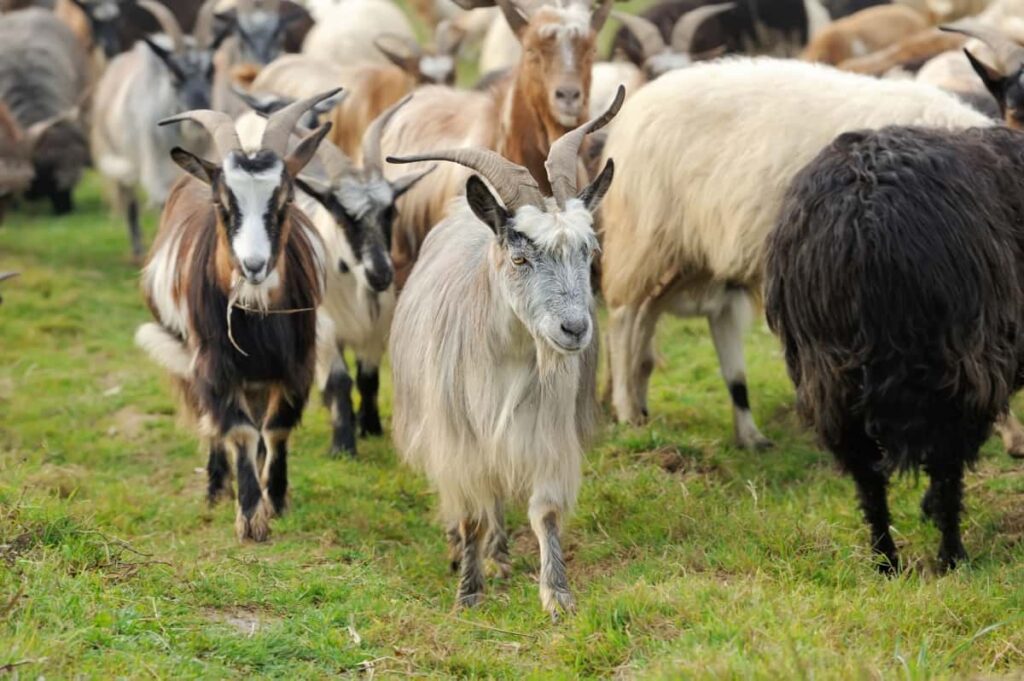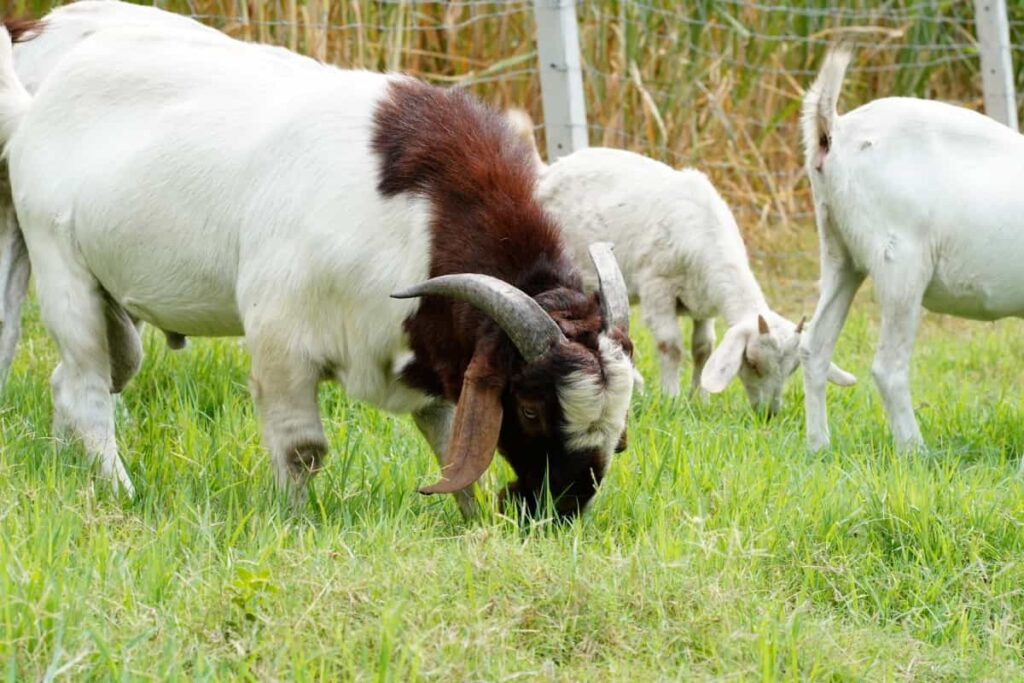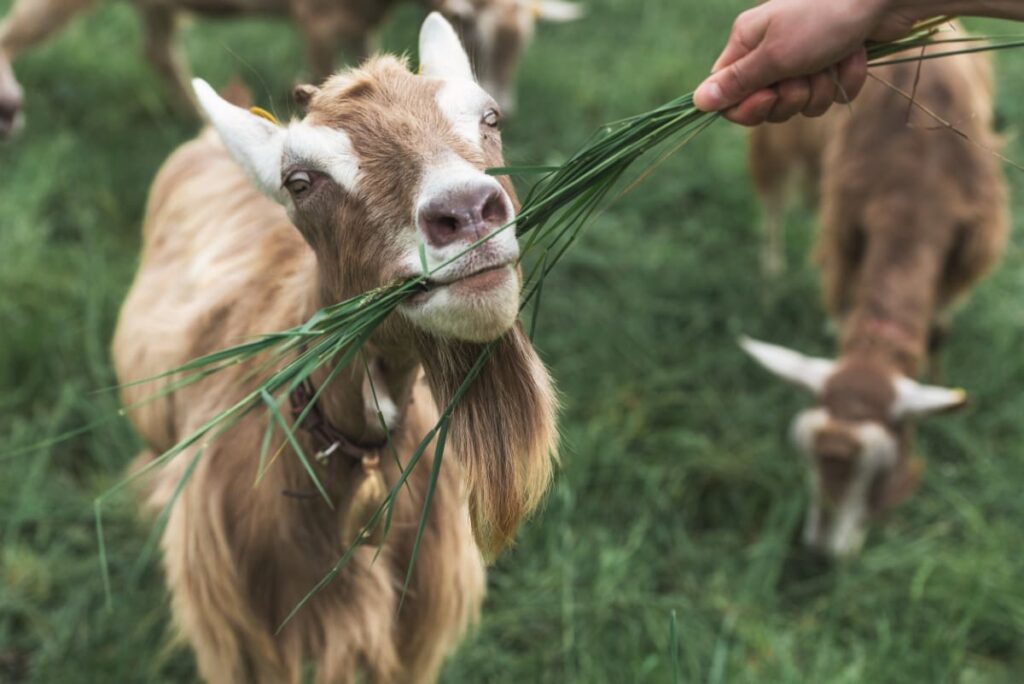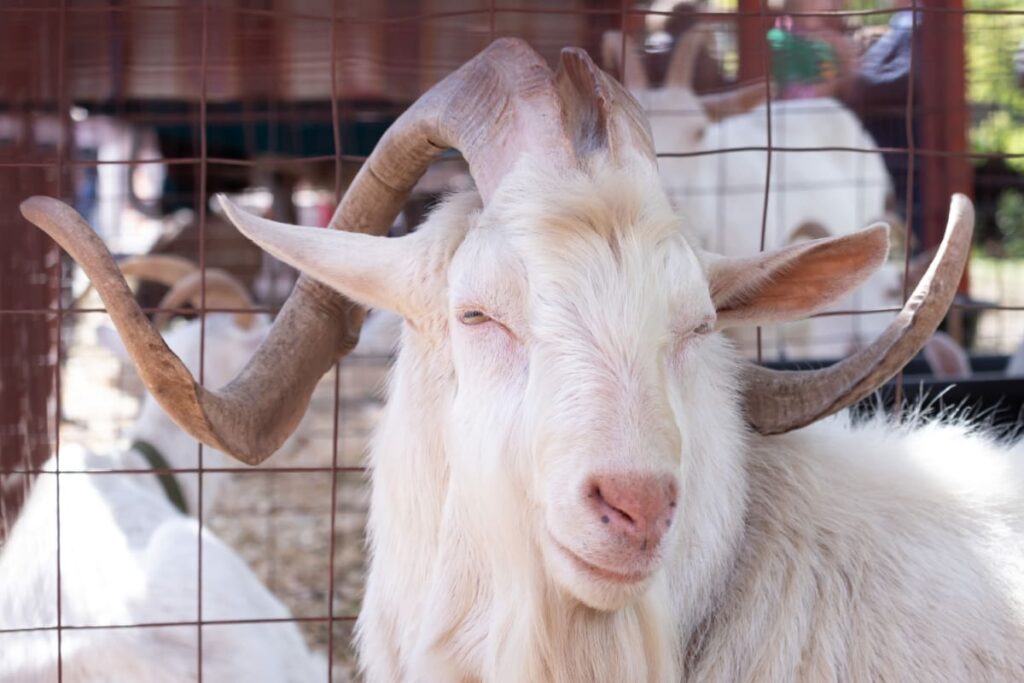Goat farming is an ancient practice that involves raising goats for various purposes. These versatile animals are not only a source of nutritious milk and meat but also provide valuable fiber that is highly sought after in the textile industry.

Choosing the Right Breeds: Angora and Cashmere Goats
Angora and Cashmere goats are two popular choices known for their high-quality fibers. Angora goats are prized for their luxurious Mohair fiber, known for its softness and luster. These goats require special care due to their unique fleece characteristics that grow continuously. On the other hand, Cashmere goats produce fine undercoat fibers that are incredibly soft and warm.
Their coats need proper management to ensure optimal fiber quality. Both Angora and Cashmere goats thrive in various climates but have specific needs when it comes to nutrition and grooming. Understanding these requirements is essential for maximizing fiber production.
Housing and Shelter Requirements for Fiber Goats
Firstly, make sure the barn or shelter you provide is well-ventilated and draft-free. This will help prevent respiratory issues that can affect your goats’ fiber production. Goats also need access to outdoor areas for exercise and grazing, so having a fenced-in yard or pasture is essential.
Providing clean bedding, such as straw or wood shavings, in their shelter is important for maintaining good hygiene and preventing health issues. Regular cleaning of the living area will also help keep your fiber goats happy and healthy. Consider the size of your shelter based on the number of goats you have – they should have enough space to move around comfortably without feeling overcrowded.
Nutritional Management for Optimal Fiber Production
Nutritional management plays a crucial role in ensuring optimal fiber production in goats. Providing a good diet rich in vitamins, minerals, and protein is important for maintaining the health and productivity of fiber-producing goats. Fiber goats like Angora and Cashmere require diets tailored to their specific needs to support healthy growth and high-quality fiber development.
In case you missed it: Maximizing Goat Milk Production: Tips for Dairy Goat Farmers

High-quality hay, supplemented with grains and legumes, can help meet their nutritional requirements. Access to fresh water at all times is important to prevent dehydration, especially during hot weather or when lactating. Additionally, mineral supplements should be provided as needed to address any deficiencies that may affect fiber quality.
Health and Veterinary Care for Fiber Goats
Ensuring the health and well-being of your fiber goats is crucial for their optimal performance. Regular health check-ups are essential to prevent and treat any potential illnesses promptly. Vaccinations, deworming, and proper nutrition play a vital role in maintaining a healthy herd. Keep a close eye on your goats’ behavior to detect any signs of illness early on.
Providing clean water, quality hay, and balanced feed will help support their immune system. Maintaining good hygiene in the barns and pastures can help prevent goat diseases from spreading among your fiber goats. Proper sanitation practices like regular cleaning of living areas and equipment are key to keeping them healthy.
Shearing Techniques and Equipment
Proper shearing ensures the well-being of the animals and maximizes fiber production. Prior to shearing, the necessary tools must be in place. This includes quality shears specifically designed for goat hair and protective gear for both the goats and the handler. Timing is key when it comes to shearing.
Angora goats should be sheared twice a year, while Cashmere goats typically require annual shearing. By following a consistent schedule, you can maintain the quality and length of the fibers. During shearing, gentle handling is paramount to reduce stress on the animals. Proper restraint techniques should be employed to ensure the safety of both goats and handlers.
Handling and Processing Mohair and Cashmere
After shearing your fiber goats, the raw material needs proper care to maintain its quality. Cleaning the fleece is a crucial step in removing any debris or impurities. Sorting the fibers based on their fineness and length ensures consistency in the final product. Next up is washing; gentle cleansing with mild soap helps retain the natural softness of mohair and cashmere. Drying should be done flat to prevent distortion.
In case you missed it: Goat Farming as a Family Business: Strategies for Success

Carding or combing separates and aligns the fibers for spinning into yarn. Whether hand-spinning or using machinery, this stage requires precision for a smooth finish. Knitting, weaving, or felting transforms your processed fiber into luxurious garments and accessories.
Marketing Strategies for Goat Fiber Products
Marketing strategies for goat fiber products are crucial in reaching potential customers and promoting the unique qualities of mohair and cashmere. Utilizing social media platforms can help showcase the luxurious fibers to a wider audience. Collaborating with local artisans or fashion designers to create exclusive collections using goat fiber can add value to the products and attract niche markets.
Participating in craft fairs, farmer’s markets and fiber festivals allows direct interaction with consumers interested in sustainable and ethically sourced materials. Developing an online store or partnering with e-commerce platforms can make goat fiber products accessible to a global market. Engaging with influencers or bloggers who appreciate natural fibers can increase brand visibility among environmentally conscious consumers.
Sustainability Practices in Fiber Goat Farming
Sustainability is key in fiber goat farming, ensuring the well-being of both the goats and the environment. Implementing sustainable practices can help reduce waste and conserve resources while maintaining a thriving farm operation. The important aspect of sustainability in fiber goat farming is pasture management.
In case you missed it: Profitable Kenya Goat Breeds for Commercial Dairy and Meat Business

Utilizing natural remedies for pest control instead of harsh chemicals is another sustainable approach. Incorporating predator-friendly habitats can assist in naturally managing pests, reducing the need for chemical interventions that may harm the ecosystem. Water conservation plays a crucial role in sustainability on a fiber goat farm.
Future Trends and Innovations in Goat Fiber Production
Innovations in breeding techniques are leading to goats that produce even finer and more luxurious fibers, meeting the demands of high-end fashion houses and eco-conscious consumers alike. Technology is significantly streamlining the shearing process, with automated shearing equipment becoming more prevalent on fiber farms. Furthermore, research into new, environmentally friendly dyeing methods is gaining traction.
Natural dyes sourced from plants and minerals are being explored as alternatives to traditional chemical dyes, reducing environmental impact while adding unique colors to goat fiber products. Successful goat farming for fiber production requires careful consideration of several factors, including breed selection, proper nutrition, housing, and health management. Additionally, maintaining high standards of animal welfare and ethical practices is essential for ensuring the quality and sustainability of fiber production.
- Types of Grass Growing for Goat Farm
- How to Train Goats for Milking: A Beginners Guide
- Goat Milking Practices and Equipment: A Beginner’s Guide
- Goat Farming for Fiber: Producing Mohair and Cashmere
- Maximizing Goat Milk Production: Tips for Dairy Goat Farmers
- Goat Farming as a Family Business: Strategies for Success
- Profitable Kenya Goat Breeds for Commercial Dairy and Meat Business
- Unlock the Secrets of Oberhasli Goat: Discover Raising and Management Practices
- Ultimate Guide to Myotonic Goats: Explore Profile to Raising